Mold on baseboards....
always1stepbehind
4 years ago
last modified: 4 years ago
Featured Answer
Comments (21)
ci_lantro
4 years agoRelated Discussions
Paint color for crown molding, chair rail, baseboard
Comments (1)white no comment on the paint selection...See MoreWhite crown molding with wood baseboard
Comments (8)I would remove the crown molding altogether. IMO, it doesn't work with slab doors. If you want crown molding & painted trim, then you need to change the doors to a traditional recessed or raised panel design. Depending on the windows & other things (like style of fireplaces, etc.) changing the trim style may be a 'don't'....like if the house is decidedly mid-century modern....See MoreShoe molding and baseboard question?
Comments (8)I've never noticed that the toe kick gets beat up so I wouldn't worry about that. As was suggested above and was done in my kitchen for both remodels, a custom size toe kick panel must be made and then scribed to the floor or cabinet so that it sits on the floor. It's not difficult or complicated and it looks fine in the end. The peninsula in our first kitchen was at least an inch rise from one end to the other. They obviously didn't average it. The second kitchen was off by two inches. When I insisted they be reinstalled to split the difference in height between the two ends the contractor refused and I fired him. Had to hire another carpenter to fix it at my expense but it was worth it....See MoreWhat finish paint to use for crown molding and baseboards?
Comments (13)BM Aura is very nice paint. I have only used it once. (IIRC, it was originally formulated for very deep, rich colors.) If low traffic & no children, it should be fine for your walls. I used it in a dark navy on a couple of nightstands, and it has stayed a little soft. Because of that, I wouldn't recommend it for trim. If you haven't bought your wall paint yet, take a look at Scuff X. The sheen level in Scuff X runs a little higher, but it also comes in matte. It is great paint! We have it on the walls and trim in our lower level. (For the trim, it was sprayed.)...See Moreravencajun Zone 8b TX
4 years agogmatx zone 6
4 years agoElmer J Fudd
4 years agolast modified: 4 years agoalways1stepbehind
4 years agolast modified: 4 years agoUser
4 years agoalways1stepbehind
4 years agolast modified: 4 years agoUser
4 years agoElmer J Fudd
4 years agoElmer J Fudd
4 years agolast modified: 4 years agobleusblue2
4 years agoMichael
4 years agolast modified: 4 years agoElmer J Fudd
4 years agolast modified: 4 years agoalways1stepbehind
4 years agoElmer J Fudd
4 years agolast modified: 4 years agoMichael
4 years agolast modified: 4 years agoElmer J Fudd
4 years agolast modified: 4 years agoMichael
4 years agoElmer J Fudd
4 years agoalways1stepbehind
4 years ago
Related Stories
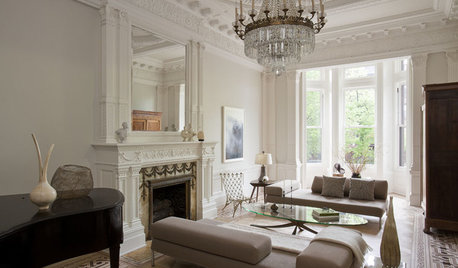
REMODELING GUIDESCrown Molding: Is It Right for Your Home?
See how to find the right trim for the height of your ceilings and style of your room
Full Story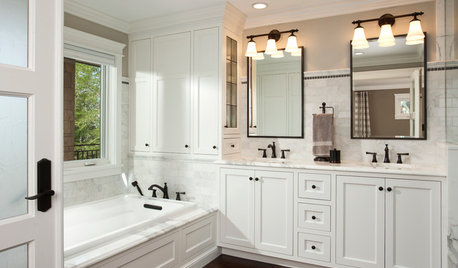
MOST POPULARHow to Get Rid of Household Mold
Find out how to work with a pro to stop mold from damaging your house and health — and how to prevent it from forming
Full Story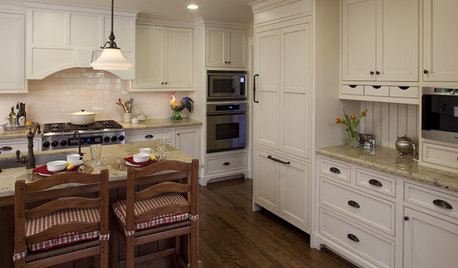
KITCHEN DESIGN9 Molding Types to Raise the Bar on Your Kitchen Cabinetry
Customize your kitchen cabinets the affordable way with crown, edge or other kinds of molding
Full Story
REMODELING GUIDESDesign Details: Moldings — or Not?
16 new and unusual ways to trim your doors, floors and ceilings
Full Story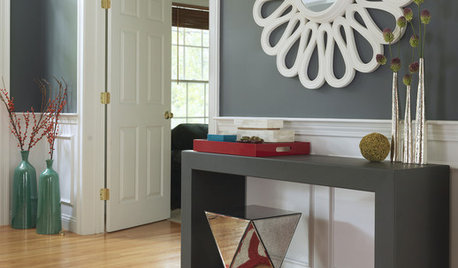
REMODELING GUIDESFrame Your Views With Great Moldings and Casings
How to Work With Trim to Give Your Space Depth and Interest
Full Story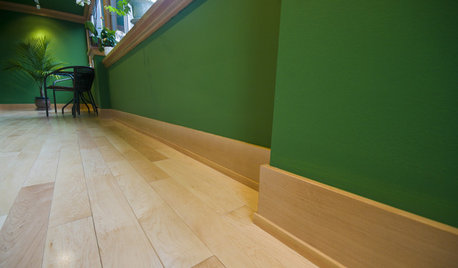
DESIGN DICTIONARYBaseboard
This simple wood adornment serves as a protector where walls meet floors
Full Story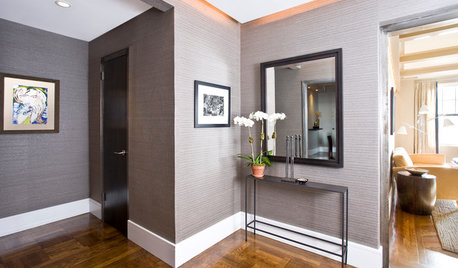
DESIGN DETAILS9 Eye-Catching Baseboard Designs
Baseboards can be modern and minimal or tall and dramatic. Here's how to find one that completes the style of your home
Full Story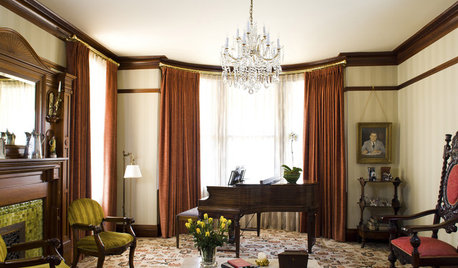
GREAT HOME PROJECTSHow to Bring Out Your Home’s Character With Trim
New project for a new year: Add moldings and baseboards to enhance architectural style and create visual interest
Full Story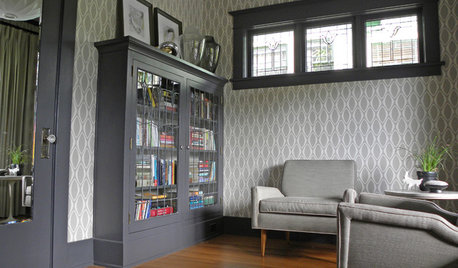
WALL TREATMENTSPack a Punch by Pairing Your Wallpaper and Trim
Get the most out of your wallcovering by choosing the right color for your baseboards, crown moldings and window trim
Full Story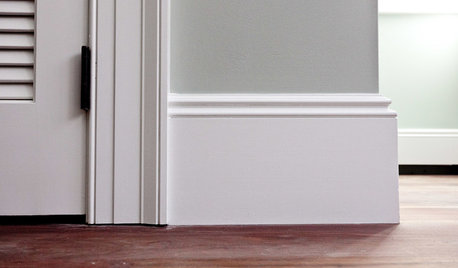
COLONIAL DESIGNRoots of Style: The Origins and Meaning of Colonial Revival Trim
See how today’s traditional crown molding, window trim and baseboard relate to features of ancient architecture
Full Story


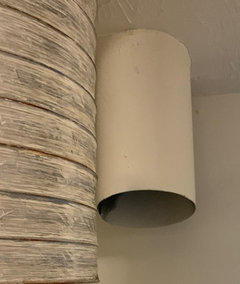
User